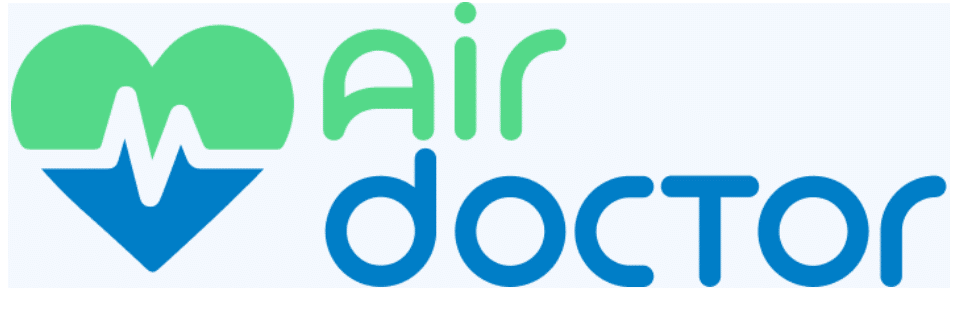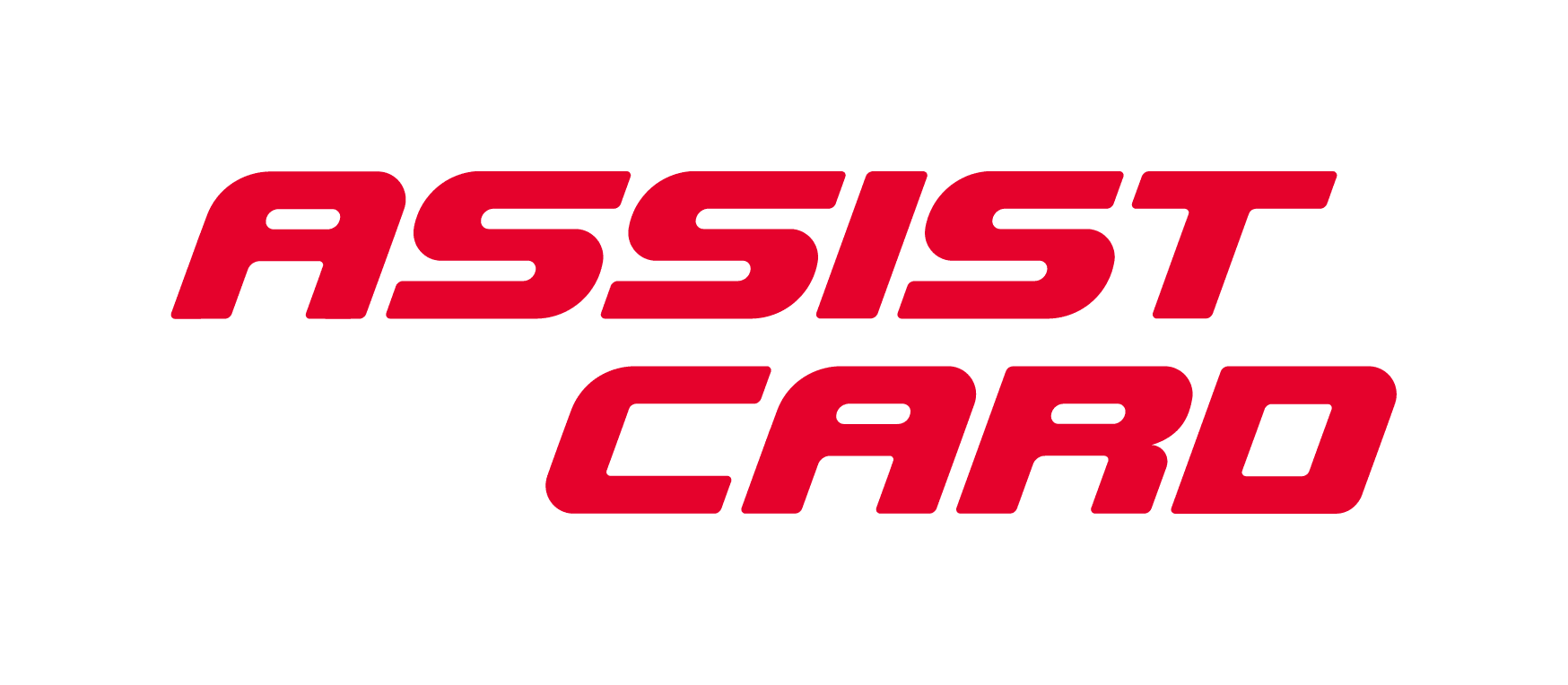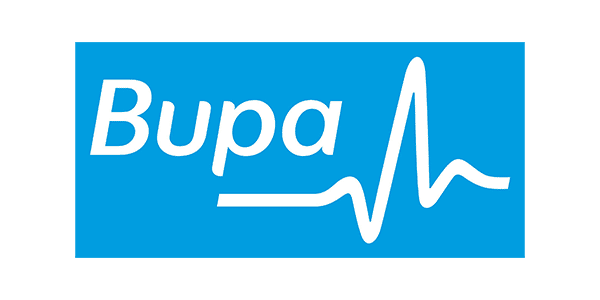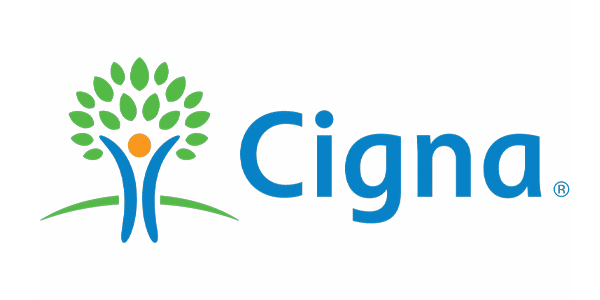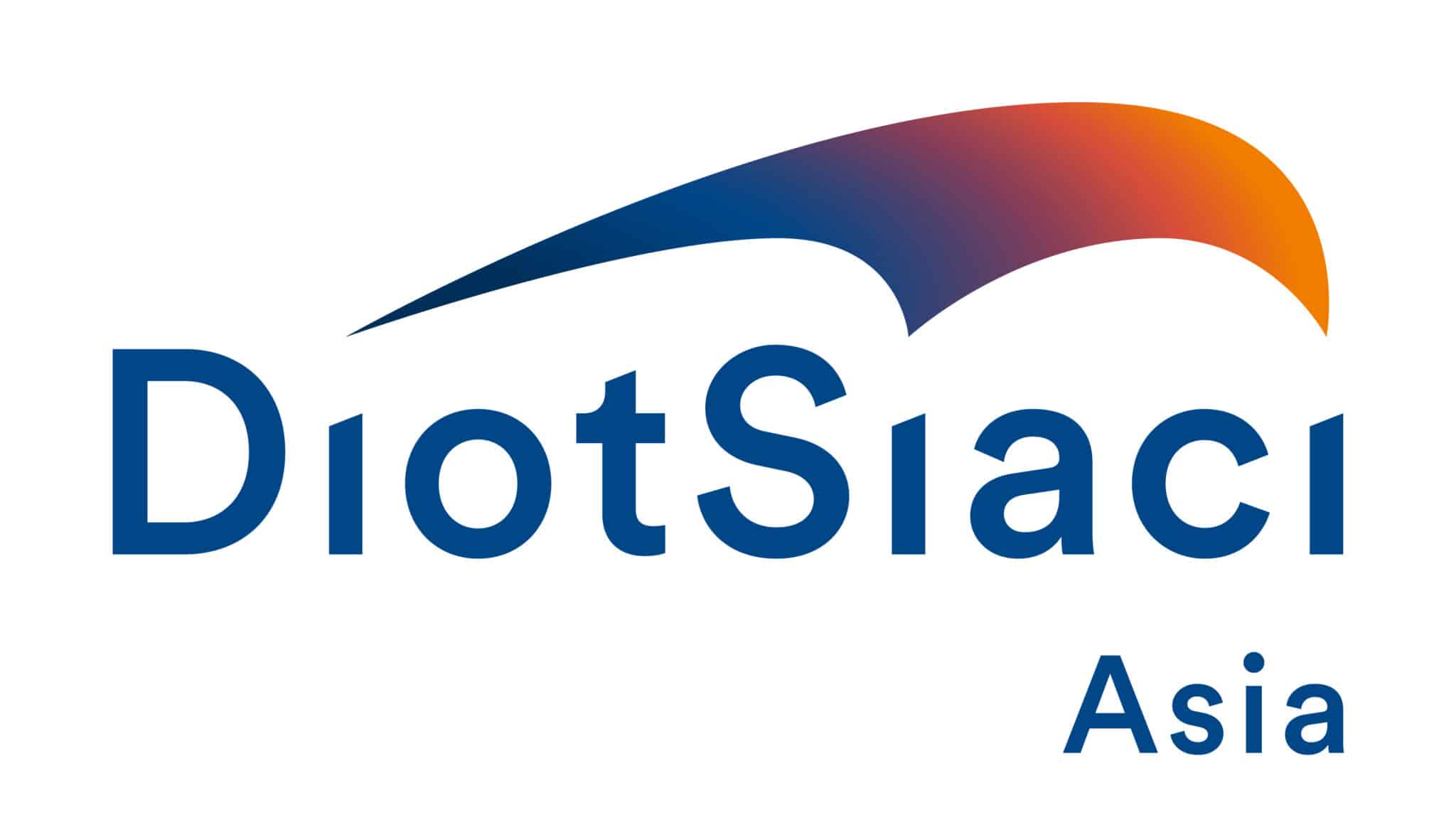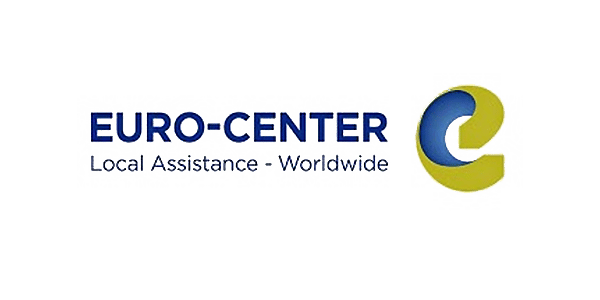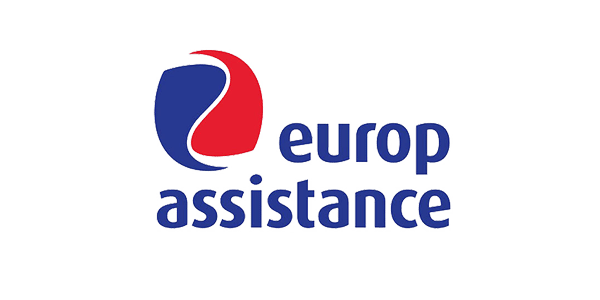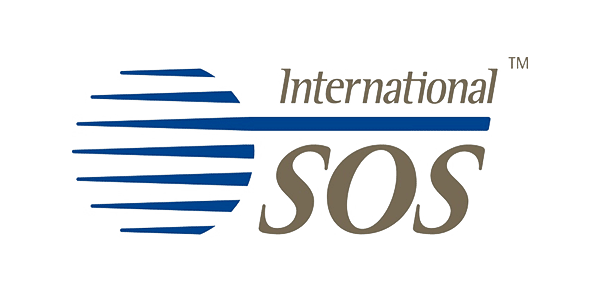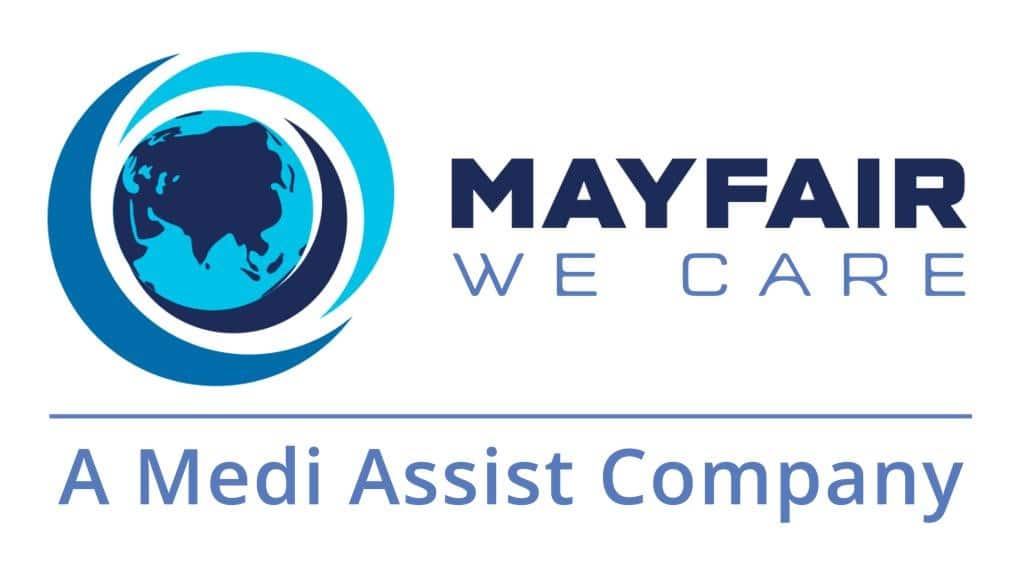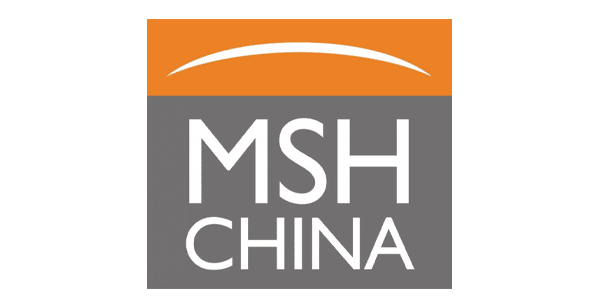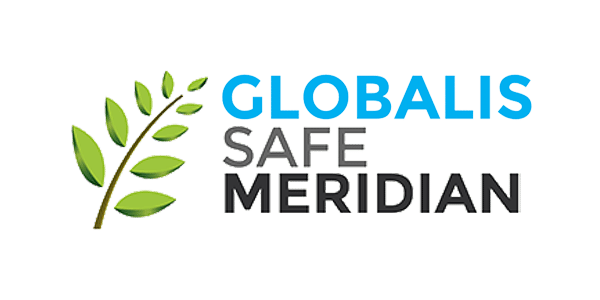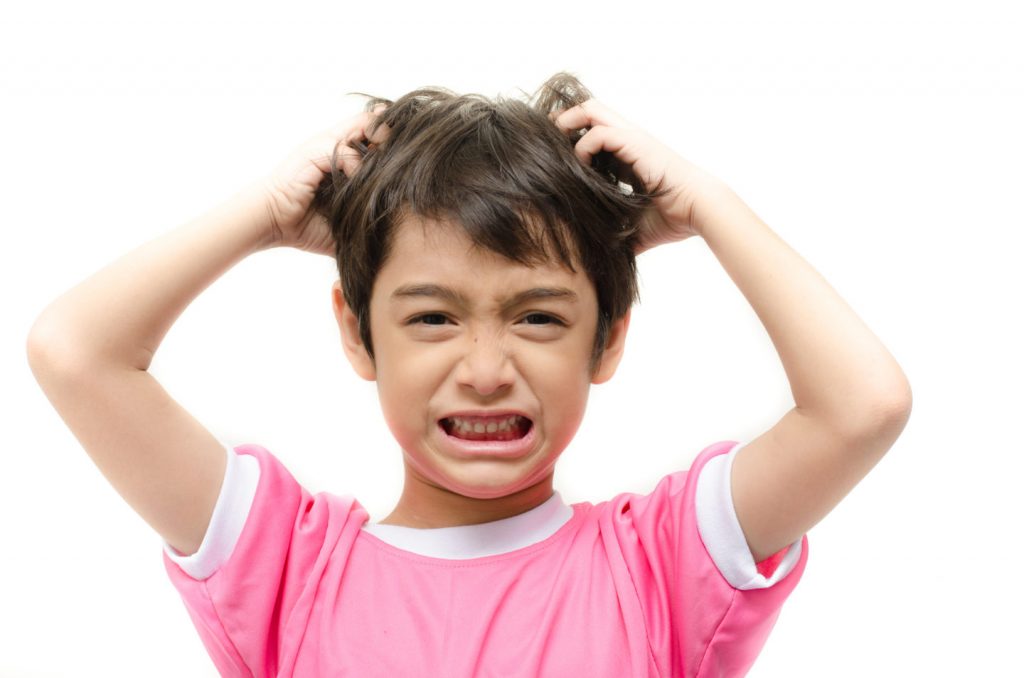 What are head lice?
What are head lice?
Head lice are insects that live on the scalp and enjoy drinking human blood.
How do you catch head lice?
Typically children spread head lice through direct contact, though lice can less commonly be spread by brushes, bedding, hats or other objects they climb onto.
What if the life cycle of head lice?
Lice start as tiny eggs, usually attached to a hair shaft just above the skin. They hatch after about 10 days, mature over another 10 days, then live a dull life as adults sucking blood and laying eggs for three to four weeks before retiring to the beach. As they cannot jump or fly, move very slowly, and cannot live for more than a day without feeding, sadly most die before making it to their sunny retirement homes.
What are the symptoms?
Head lice usually do not cause any symptoms, but occasionally some scalp itchiness occurs.
How do you treat head lice?
There are many options to treat head lice. Lice combs may help to remove eggs. The only medication approved in Singapore is malathion, which can be bought without a prescription in most pharmacies. It is applied like a shampoo and left overnight to dry. Other treatment options include plant oils (like tea tree oil) or smothering agents such as mayonnaise, oil, or butter. Not surprisingly, there are no studies evaluating whether coating children with butter or any other home treatments works as well as malathion.
What if they reoccur?
Sometimes eggs survive and re-treatment is needed. More often, children who have not been treated again spread the lice to each other at school or day-care.
Is it true head lice prefer clean hair?
Head lice just love hair (and blood), so they do not have a preference for any hair type or cleanliness. This is uncertain though, as no one appears to have asked them directly to know what they really prefer. There is definitely no association with poor hygiene.
Written by Dr Leo Hamilton, International Paediatric Clinic.


